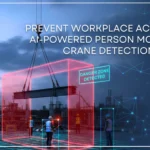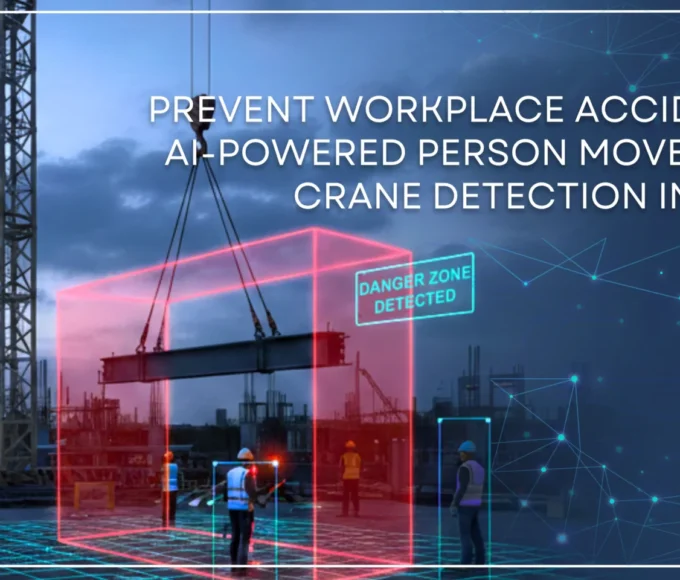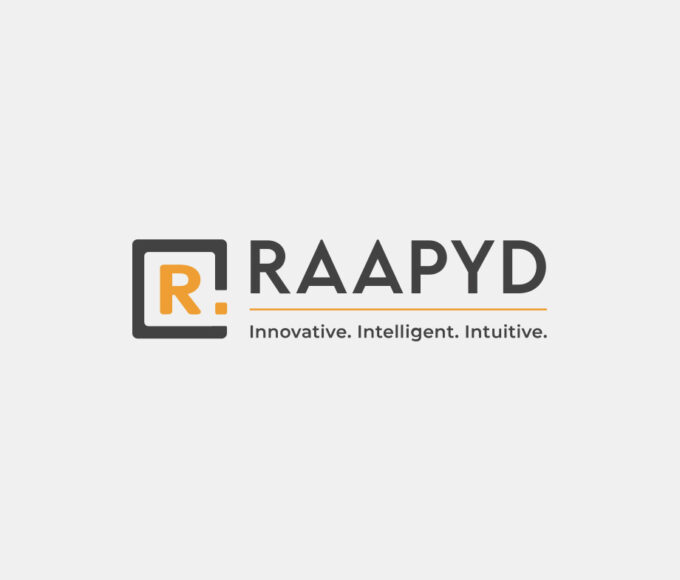Saturday , 18 October 2025
- Sections
- Technologies
- Infra EPC
- People/ Newsmakers
- Newsletter
- Resources
Recent Posts
Home
Technologies
Artificial Intelligence (AI)
How AI is Mapping a Different Future for Video Surveillance
Artificial Intelligence (AI)Cyber Security How AI is Mapping a Different Future for Video Surveillance

Recent Posts
Categories
- Artificial Intelligence (AI209
- Cloud computing / Data centre76
- Cyber Security137
- Education Tech35
- Enterprise293
- FinTech30
- Gaming2
- Government/PSU10
- Hardware104
- Health Tech5
- Infra EPC7
- Infrastructure82
- People/ Newsmakers23
- Power28
- Products / Applications557
- Software359
- Tech Experts1
- Technologies2
- Telecom96
Related Articles
Artificial Intelligence (AI)Cyber Security
A C-Suite Guide on Securing Enterprise in the Metaverse
The metaverse represents the next paradigm shift in digital interaction – a...
BydtcOctober 10, 2025
Artificial Intelligence (AI)Cyber SecuritySoftware
Prevent Workplace Accidents with AI-Powered Person Movement Near Crane Detection in Real-time
Cranes are the lifeline of construction sites, warehouses, and manufacturing plants. They...
BydtcOctober 9, 2025
Artificial Intelligence (AI)Products / ApplicationsSoftware
Sourcing with Raapyd VMS injects speed and accuracy in procurement
Sourcing of vendors is the soul of a procurement process. As AI-ML...
BydtcOctober 9, 2025
Cyber SecuritySoftware
Acronis Debuts ‘True Image 2026’ Cybersecurity and Backup Tool
Acronis, a global leader in cybersecurity and data protection, today announced the...
BydtcOctober 9, 2025















